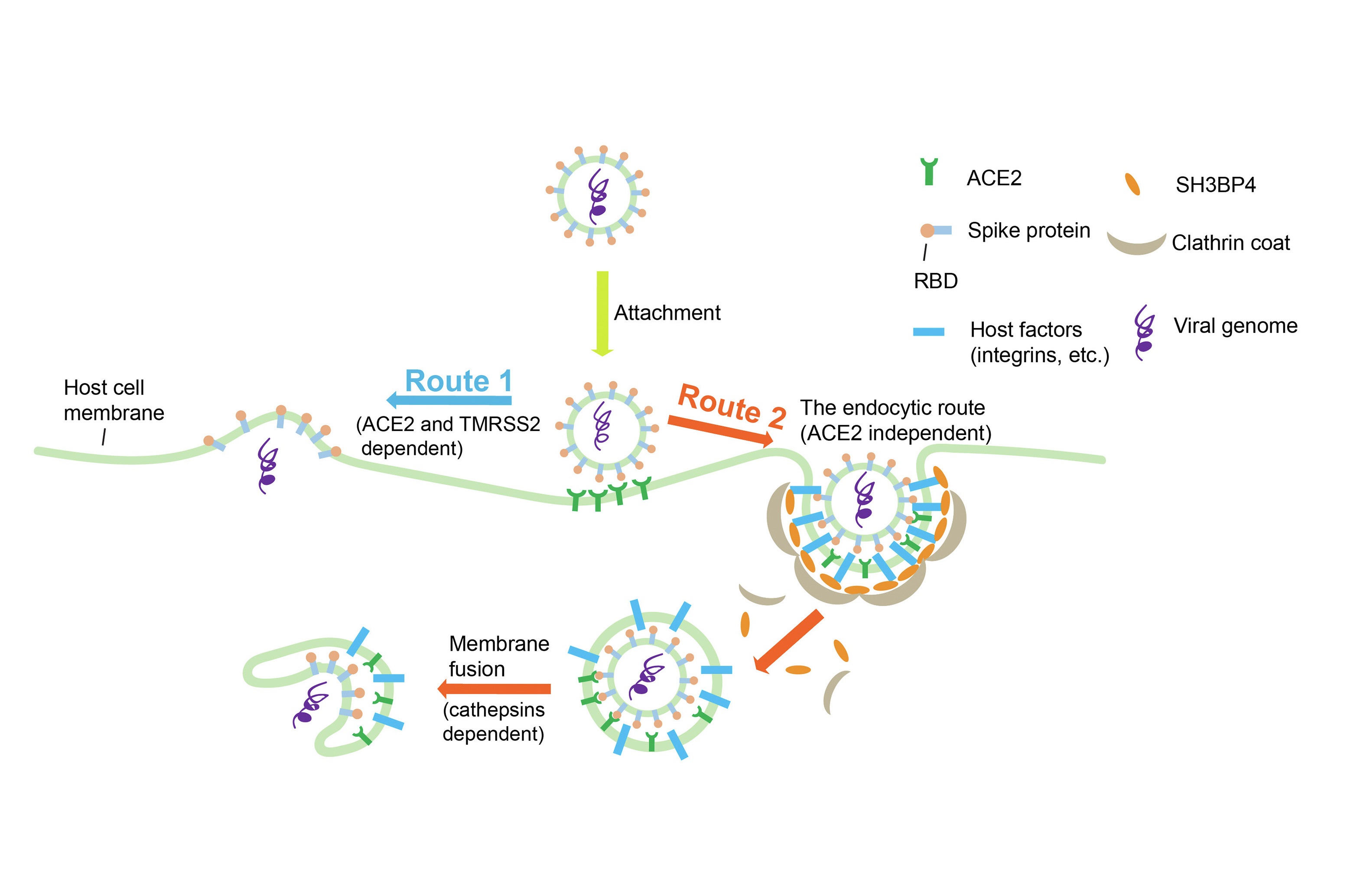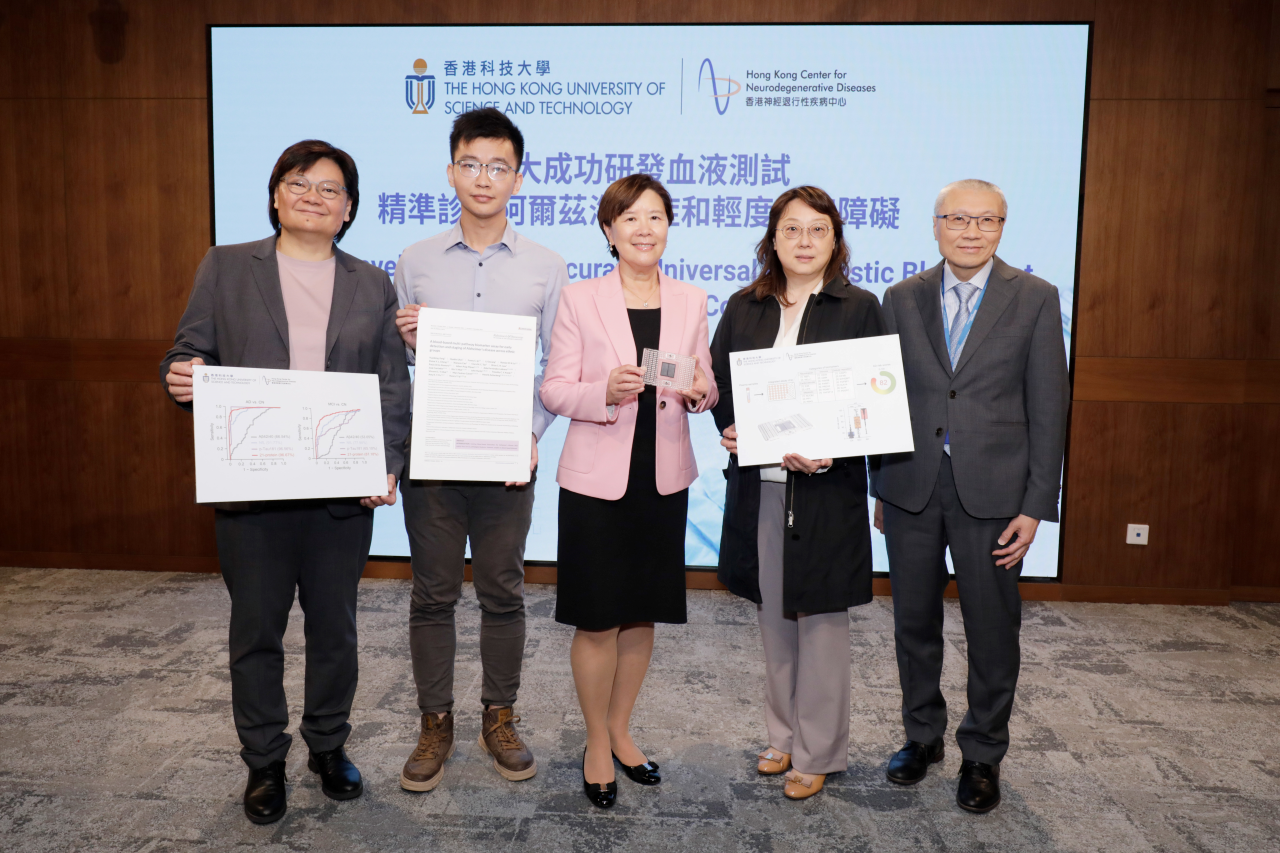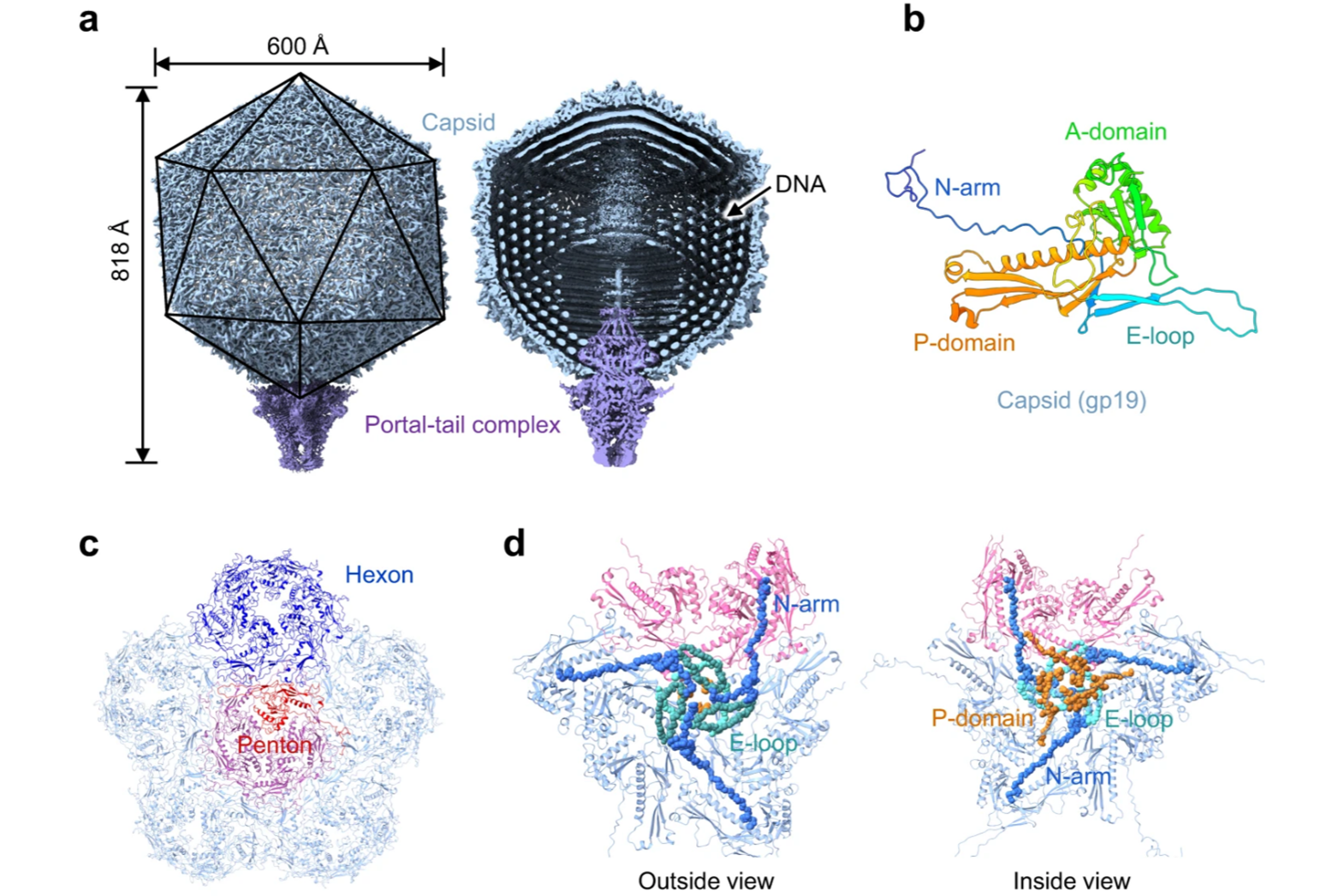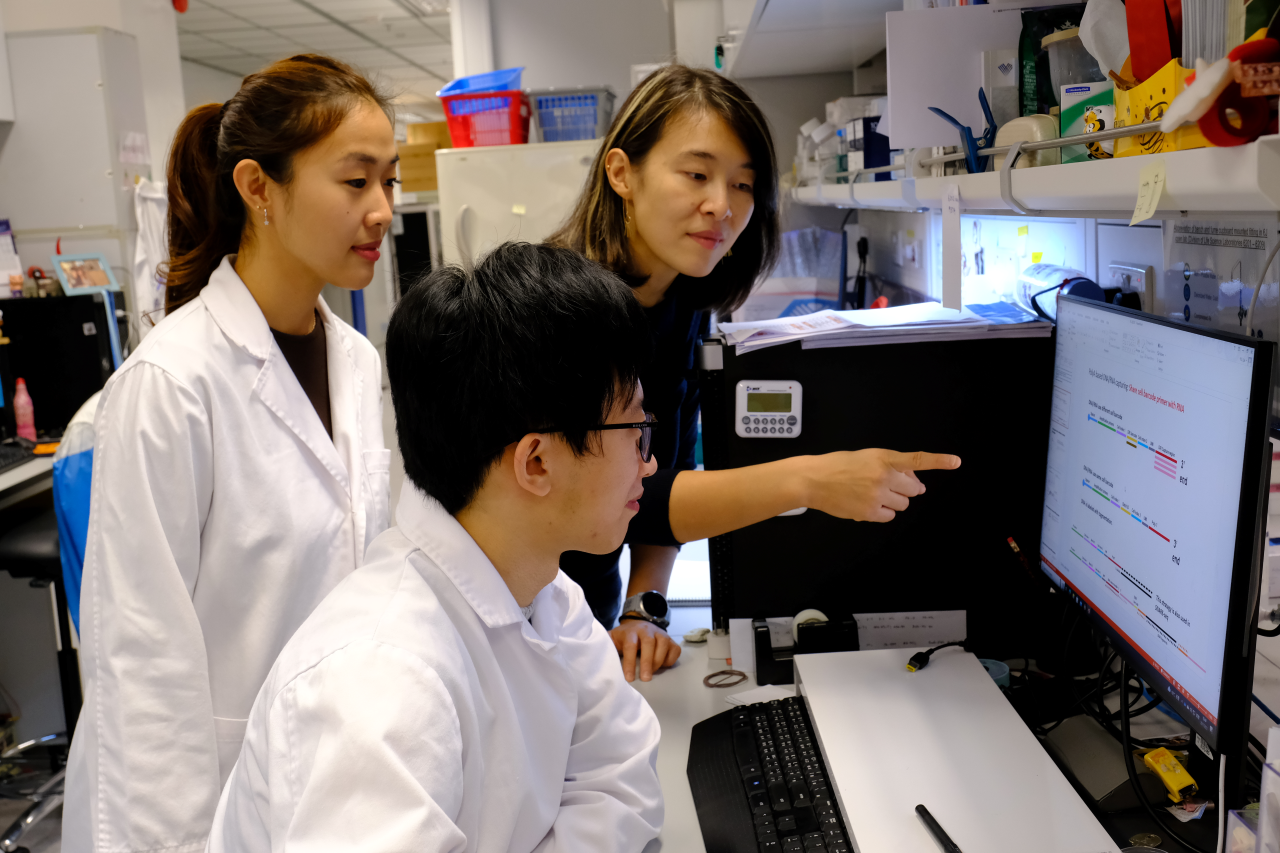Biotechnological Breakthroughs at HKUST
HKUST has been at the forefront of advances in the fields of bioscience and biotechnology. In fact, its expertise pre-dates the University’s official existence, with the opening of the preeminent Biotechnology Research Institute (BRI) in 1990.
Through a diverse program of interdisciplinary research, HKUST continues to make important breakthroughs and develop new applications, laying the foundation for a growing biotechnology industry in both Hong Kong and the Chinese Mainland.
Notable examples of the University’s world-class research, applications and product development are listed below. These examples demonstrate how the University’s bioscience and biotechnology research contribute to both society and the economy. With the continued support of the Government and corporate sector, HKUST looks forward to advancing the frontiers of these important disciplines for the benefit of all mankind.

Discovery related to the coronavirus (SARS-CoV-2) that causes COVID-19. It identified new host factors that interact with the receptor binding domain of the SARS-CoV-2 spike protein to promote viral entry. This finding offers valuable mechanistic insights and potential therapeutic strategies against SARS-CoV-2 infection.

Developed a cutting-edge blood test for the early detection of Alzheimer’s disease (AD) and mild cognitive impairment (MCI), surpassing remarkable accuracy rates of over 96% and 87% respectively. This blood test is applicable across ethnic populations, providing a global solution to the diagnosis and management of AD.

Outlined the high-resolution structure of a cyanobacterial virus, improving our understanding of viral infection, which could pave the way for more accurate predictions of climate change.

Identified VCAM1, a cell surface protein found on immune cells of the brain, as a therapeutic target for Alzheimer's disease (AD), paving the way for developing novel therapeutics to combat this debilitating condition.

HKUST and CUHK unveiled ground-breaking research that sheds light on how COVID-19 infection may lead to late pregnancy complications. The study reveals significant alterations in gene regulation within the placenta, paving the way for the development of potential molecular targets in future treatments to mitigate the detrimental effects of CONVID-19 on maternal and fetal health.

Developed a novel technology which allows genomic DNA and RNA sequencing to be carried out simultaneously in single cells of both frozen and fresh tissues, and identified rare brain tumor cell “spies” disguised as normal cells with this method. This breakthrough facilitates cancer research for some of the most complex and rare tumors opening new directions for drug target discovery in the future.
